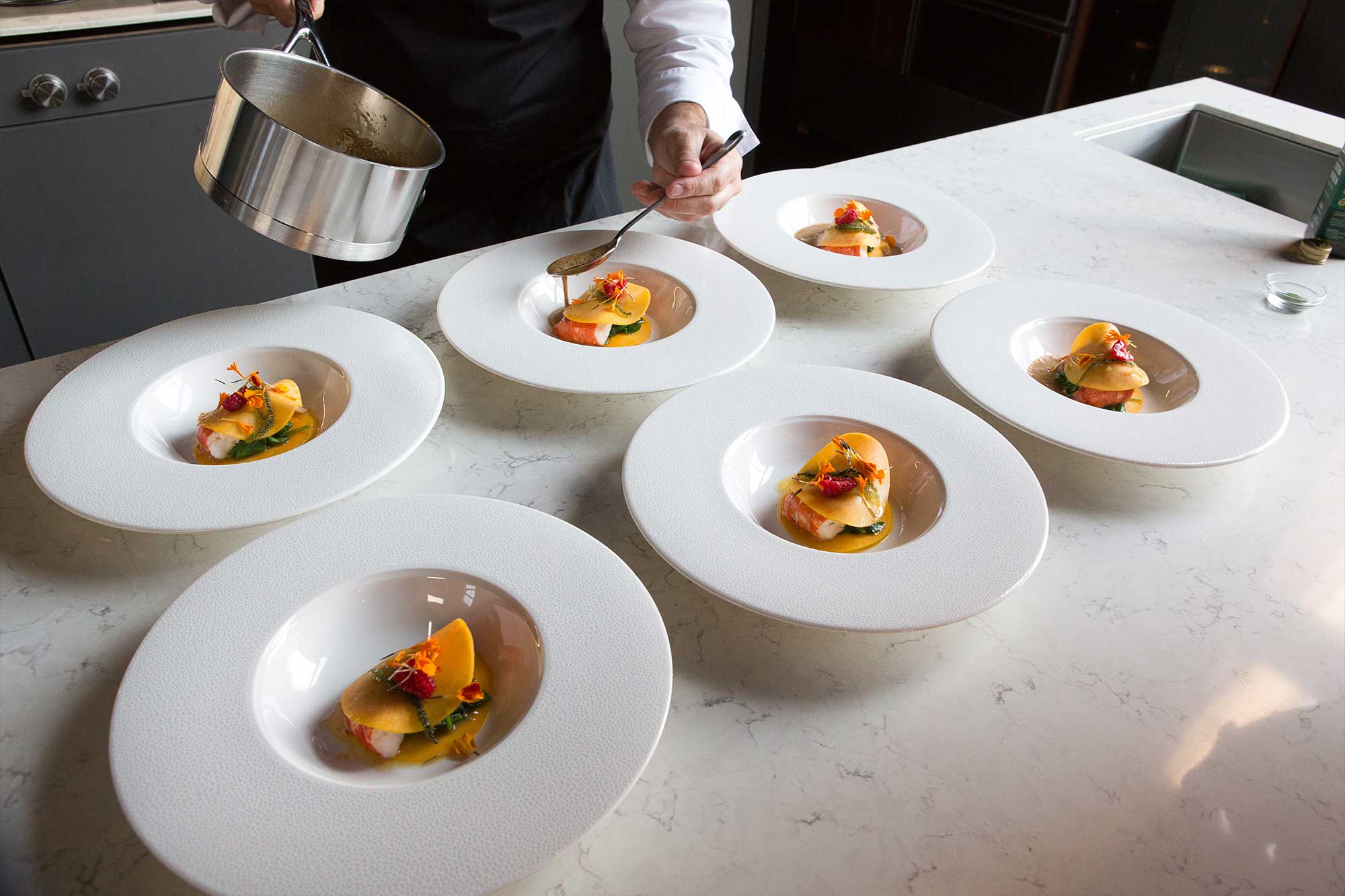Just a short train ride from Paris, the Loire Valley is home to some of the best gastronomy in the world, not to mention its outstanding wines. Sophisticated, opulent and embedded with over a thousand years of rich history, its little wonder this region is a Unesco World Heritage Site and is home to French-born Romuald Oudeyer.
You were born in the capital of gastronomy. Tell us a little about it.
Well, I studied in a business and hospitality school in the Loire Valley for six years and then just after I launched my career in a 1 Michelin star restaurant called La Roche Le Roy Castle in the famous Loire Valley. When I turned 21, I decided to move and work in a Michelin star restaurant called La Truffière, as Chef de Partie for a couple of years. Then at 23, I became sous chef and did that for four more years. By chance, I met my wife in Paris then followed her back to Australia before starting ‘Romu’ in 2016.
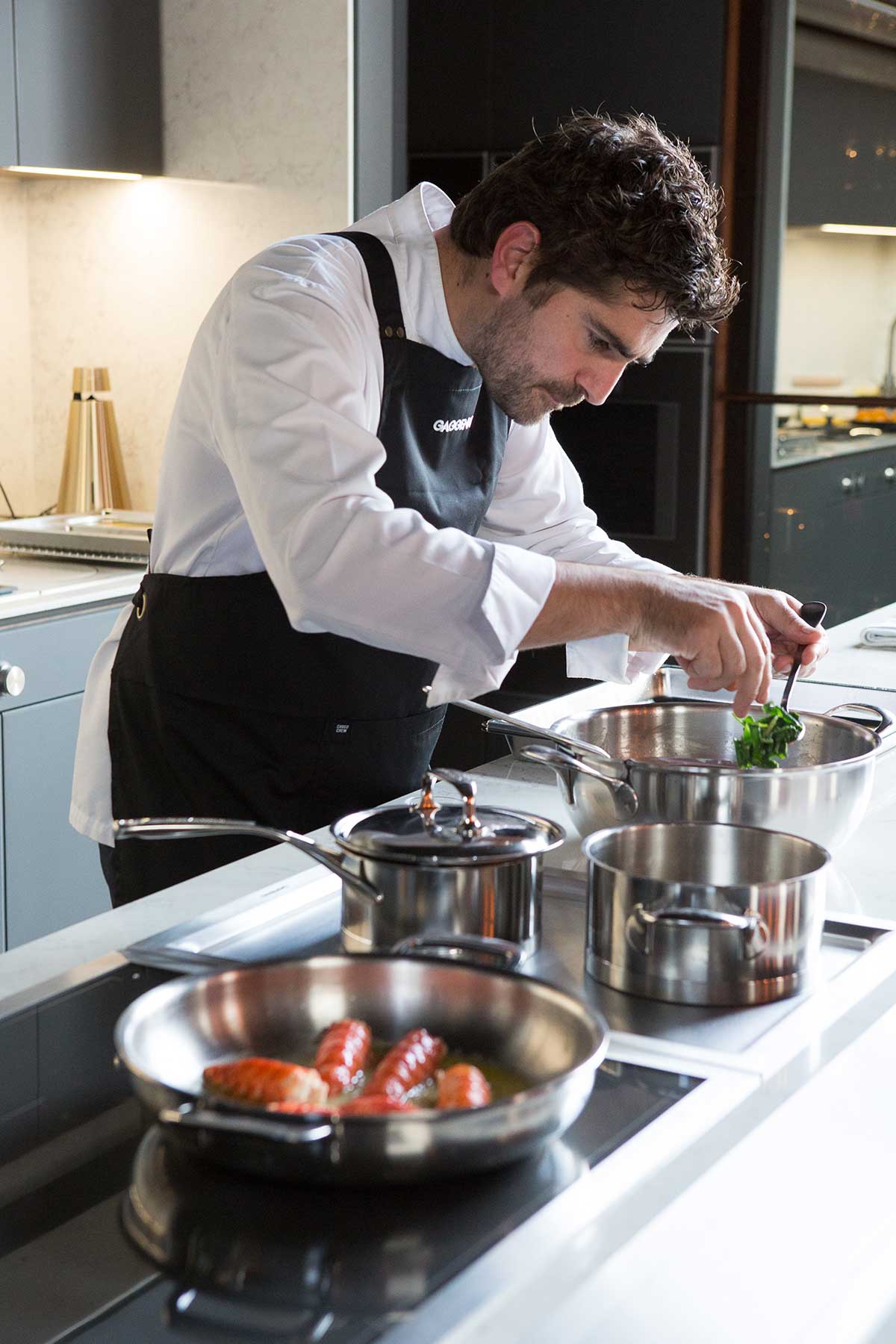
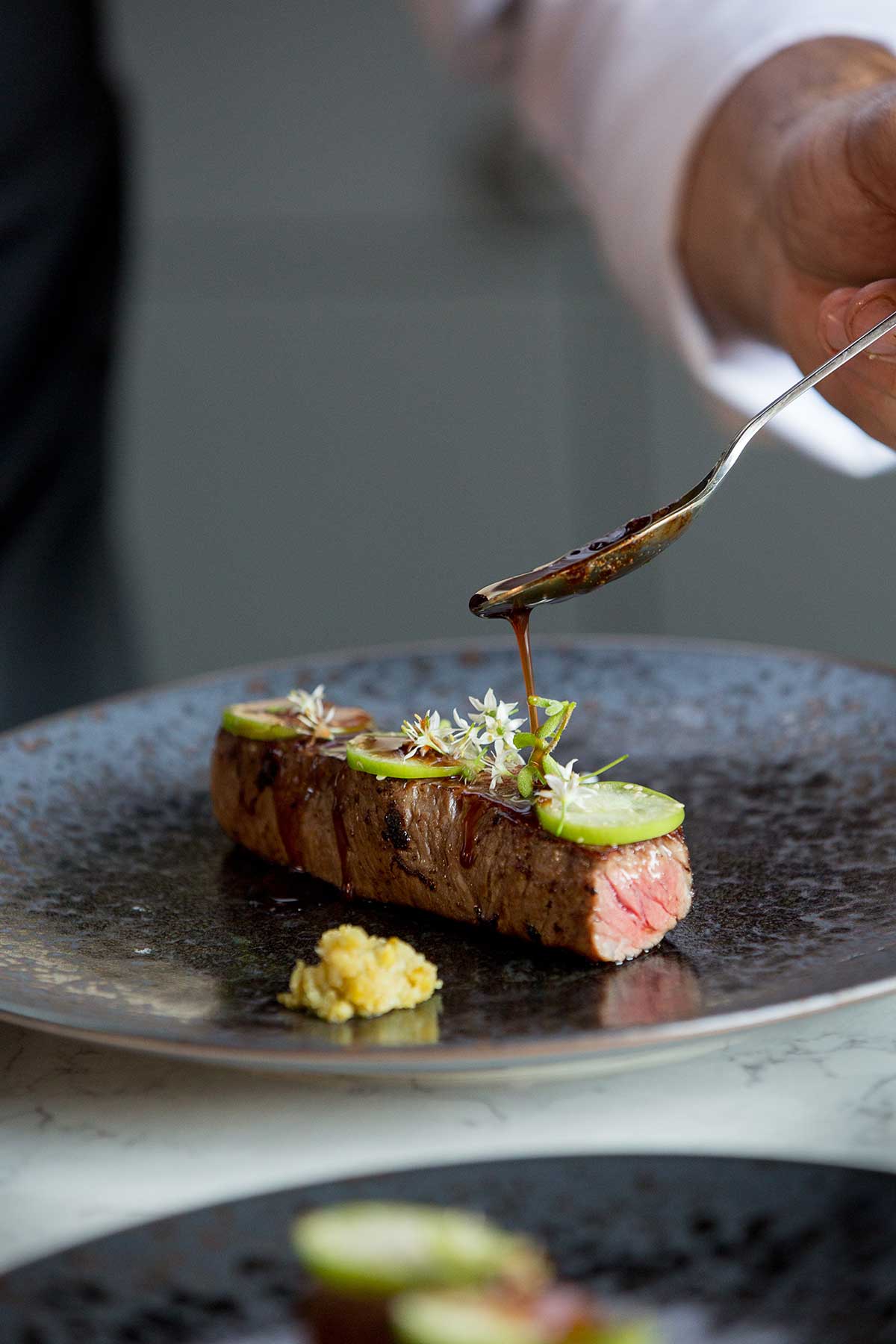
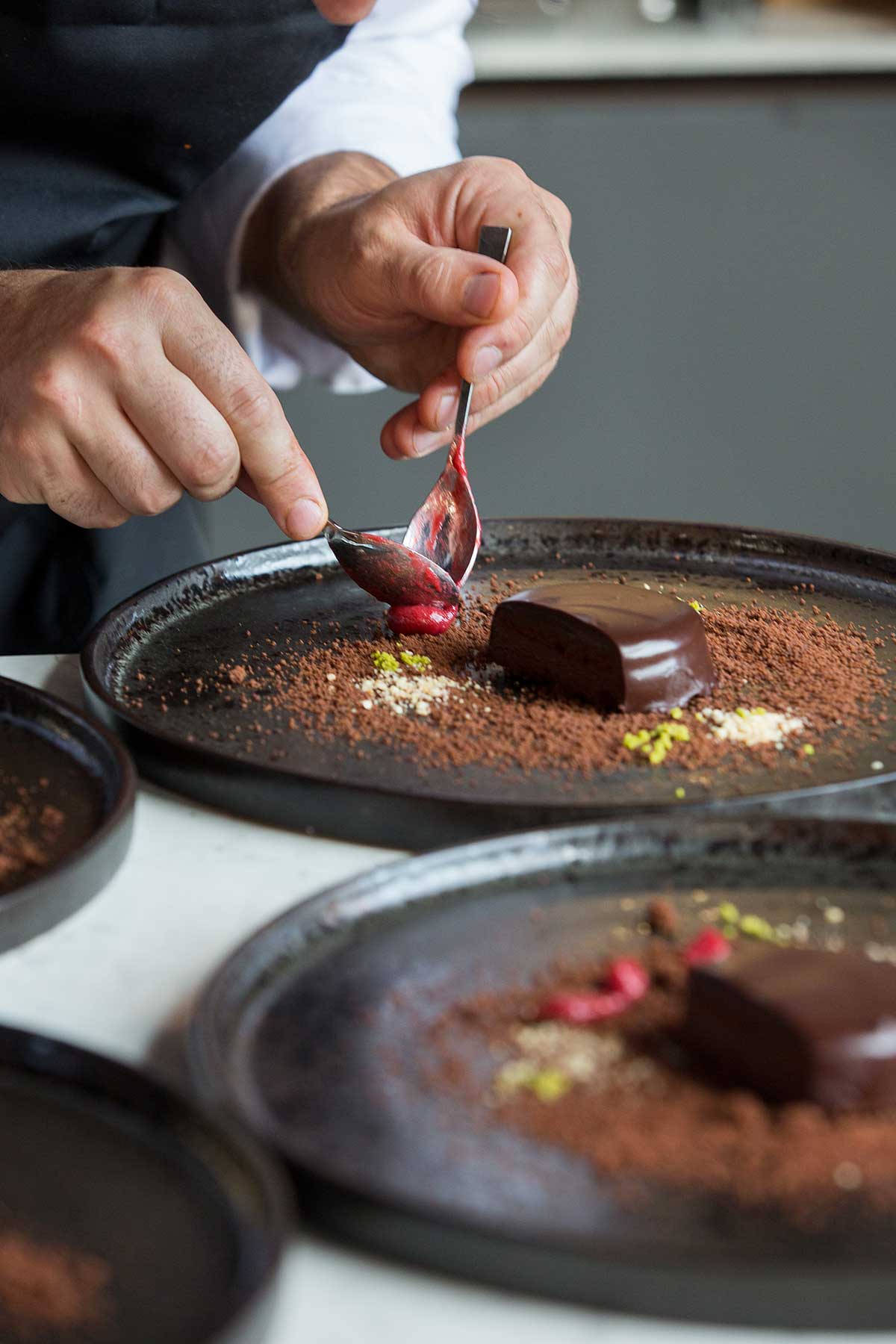
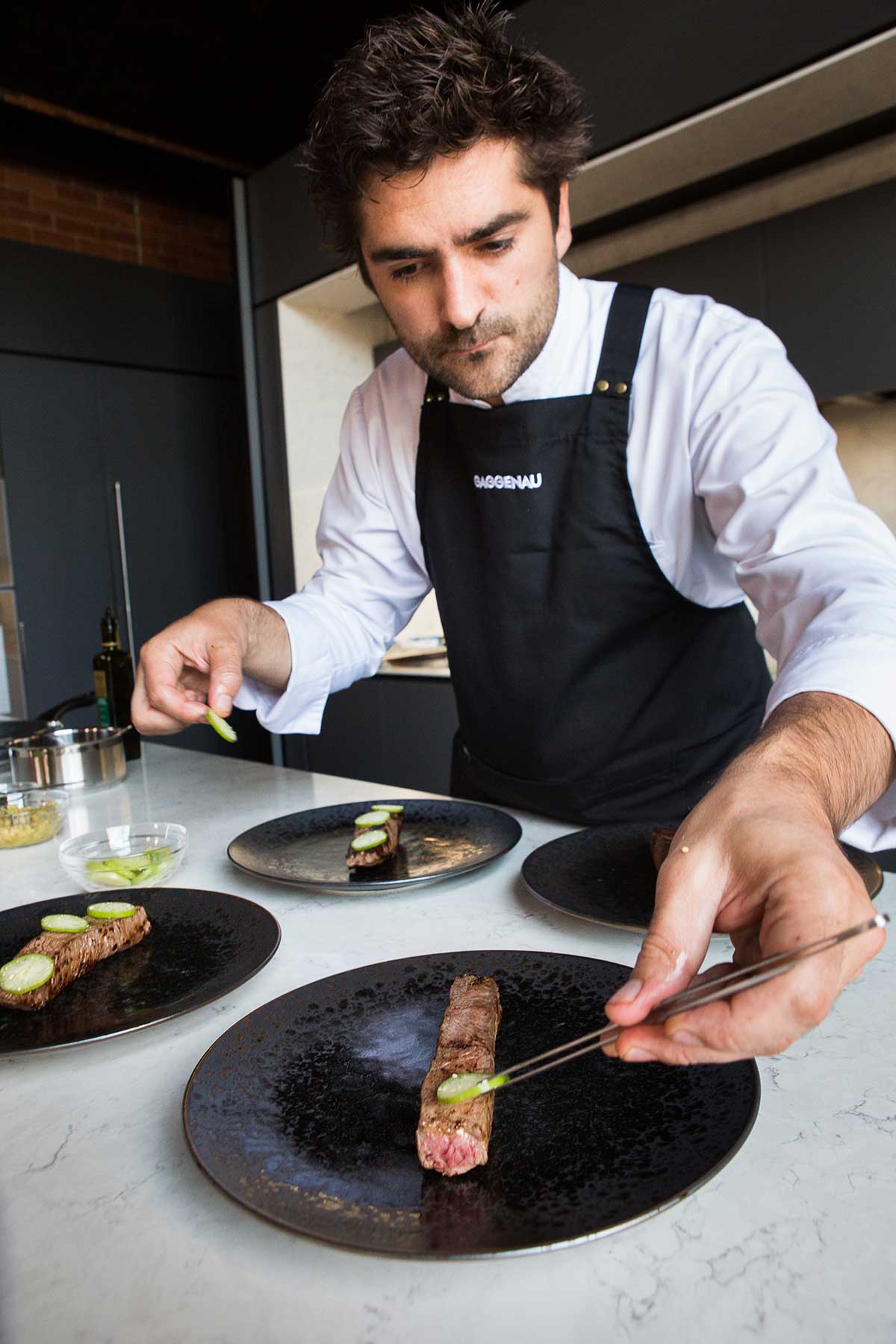
Can you remember what inspired you to become a chef?
It was my uncle. He was a charcutier in Poitiers, France, and I was helping him during the school holidays when I was 12-years-old. Instead of a pay cheque, he decided to take me to all of the best restaurants in the area. It was no surprise that he knew the head chefs so we would be able to go into the kitchen to say hello. I was just so impressed by these tall guys walking around wearing chef hats.
And after all these years, what do you like most about being a chef?
The people. As a chef, we are able to meet farmers, suppliers, customers. We meet everyone along the way and we are then the link between all of them. It’s truly amazing being part of that entire chain.
What do you think you’d be doing right now if you weren’t a chef?
I’d be a journalist, for sure. I have a very inquisitive mind.
Tell us about your favorite food memory
It was when I arrived in Paris on my first day at La Truffière. The head chef, JC, told me we would work on creating a new recipe. He said he wanted to do a sort of truffle ravioli so he gave me more than a kilo of truffle to chop and mix with thyme, shallots, lardo di colonata and salt and pepper. I was so scared of ruining it, but thankfully, it worked out and this dish ended up being on the menu for seven years. It contains 30g of truffle, lardo di colonata and an artichoke emulsion topped with fresh truffle. C’est délicieux!
And how about now? What do you like to eat when you’re at home?
My daughter, Hazel, is 15-months-old and she loves fish,which is amazing and so now, at least once or twice a week, we like to cook local fish.
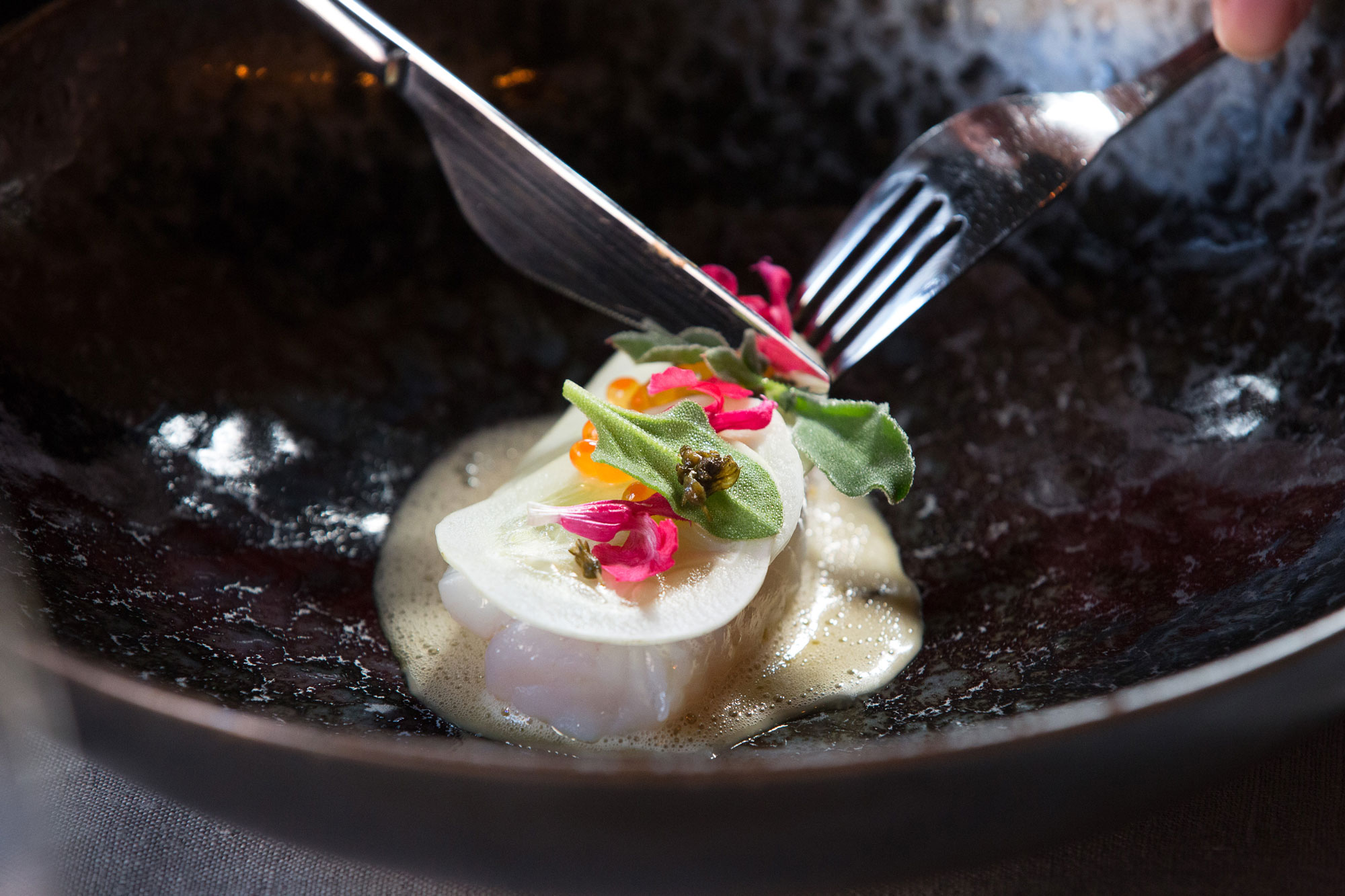
What is your favourite cuisine to cook?
Australian cuisine, of course. There’s so much variety and inspiration to draw from.
Is there one food that you’re secretly obsessed with?
Chilli. France is not really known for its spicy food or chilli, but here in Melbourne we have plenty of different kinds. It’s funny because my wife introduced me to chilli when I arrived in Australia and now I am just a huge chilli fan. Since living in Australia, we always have all kinds of chilli in our pantry: pickled, ground, fresh or dry.
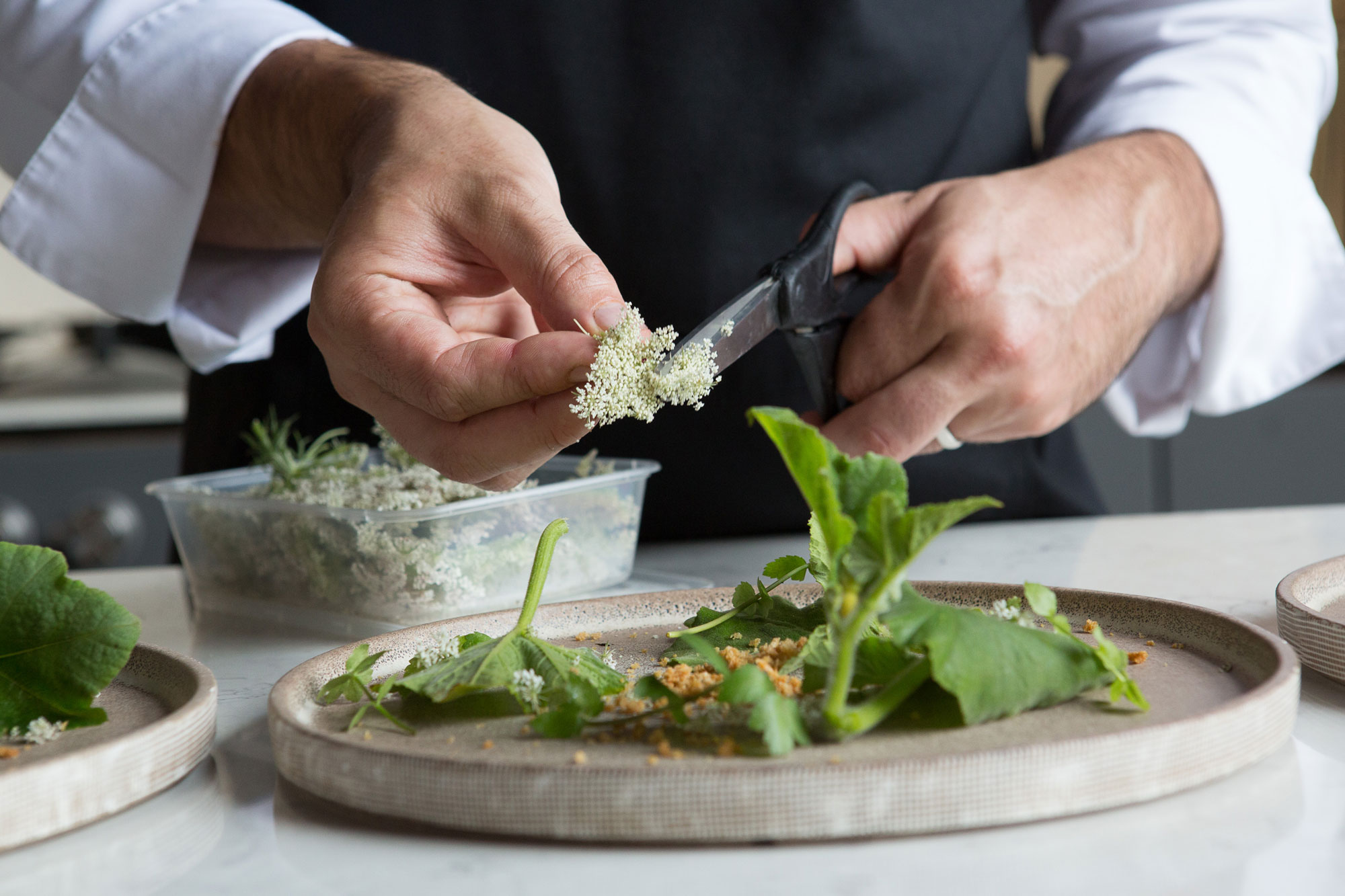

You have the opportunity to cook for anyone in the world…who is it and why?
This one is easy. It’s Monsieur Paul Bocuse. He is the godfather of all chefs around the world and was an inspiration to the younger generation of chefs. It really would have been a pleasure to meet and cook for him. Being a chef is very demanding. You have to imagine different flavour combinations and push your creativity.
How do you challenge yourself?
For me, I challenge myself by ordering and playing with new produce that I have never used before. For example, I have never cooked with feijoa before, however, it is in season so I just ordered a kilo of it to make feijoa sorbet.

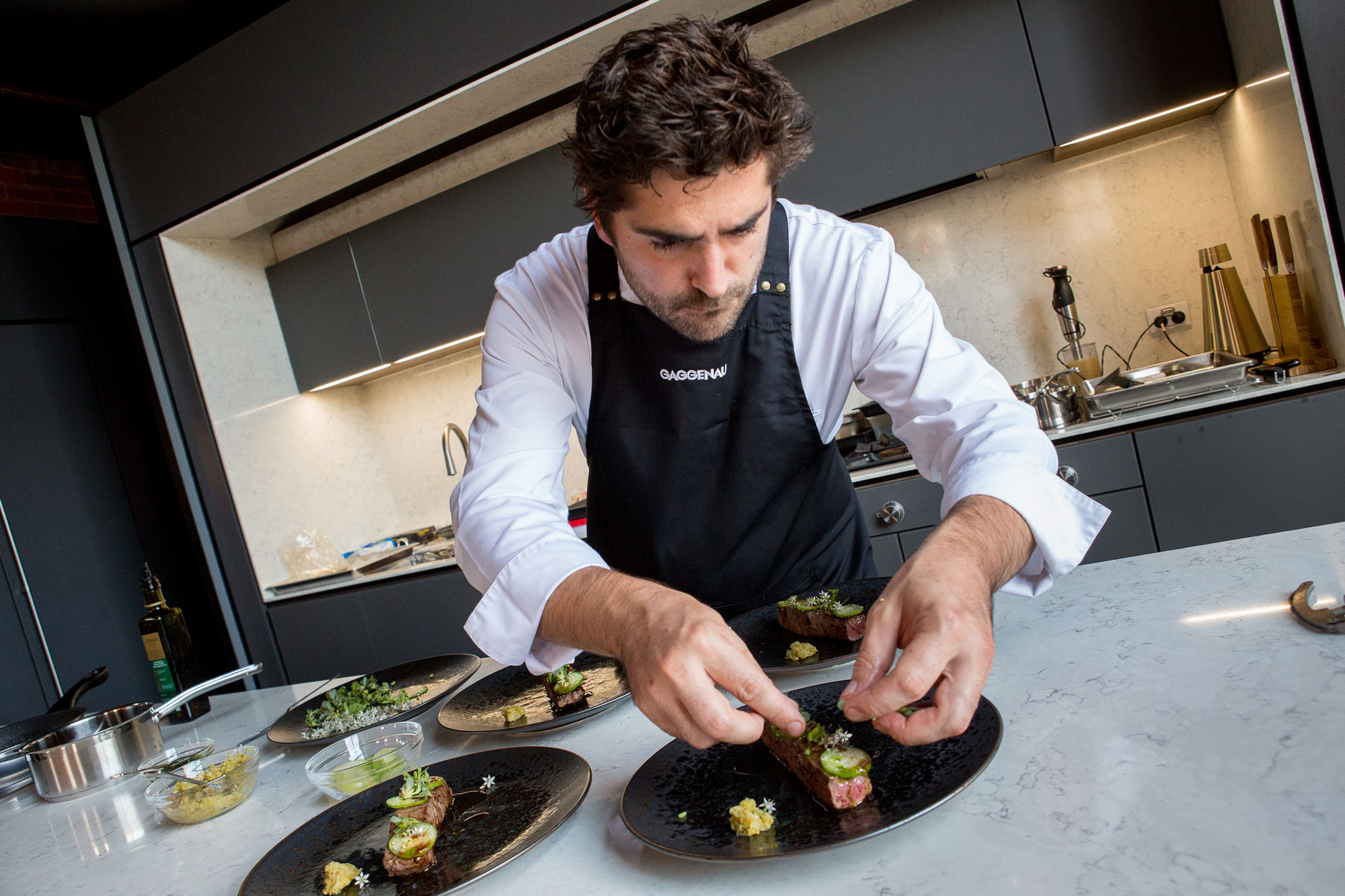
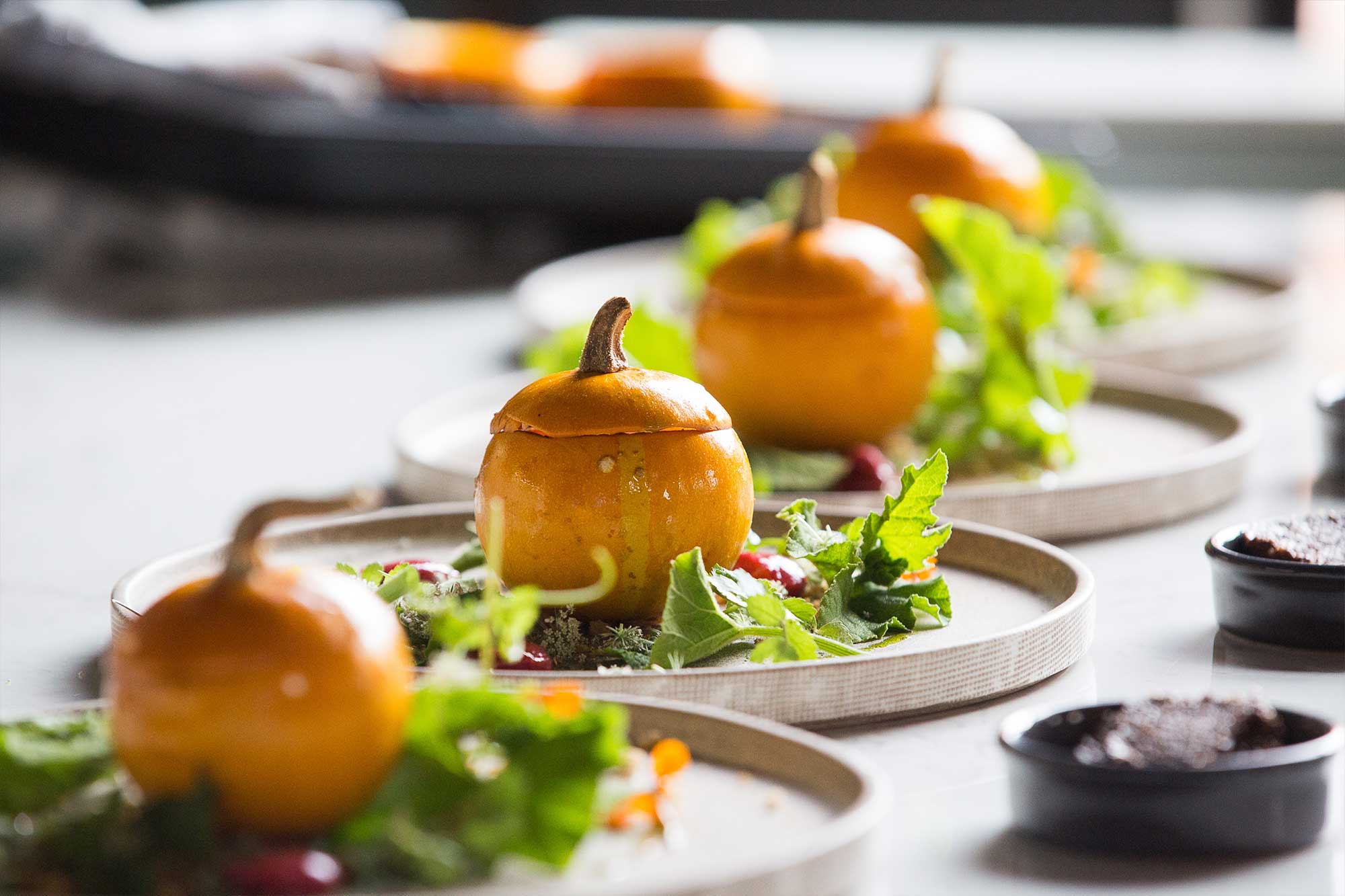
Can you share where your inspiration comes from?
I get my inspiration from my suppliers, farmers, foragers – for me, they are the key. If you don’t have any new tasty produce, you can’t create new dishes. I cooked for an olive oil farm recently and in order to showcase their produce, I created a dessert using their olive oil. I made a white chocolate ganache and macadamia shortbread served with quince paste, lilly pilly jelly, rhubarb jam and burnt rosemary (from my own garden).
Surely there must be some underused food?
Yes, definitely. Seasonal vegetables. Not many people use what is in season because they’re not always sure how to cook it. It’s a bit sad because supermarkets stock the same produce all year round and that doesn’t help people understand what’s in season and what isn’t.
When it comes to designing your own personal kitchen, what are your must-have items?
Personally, I love the Gaggenau combi-steam oven because of the sous-vide function. For me, it’s so precise and accurate. But I need the vacuum drawer, too!
Why are these elements important? How do they inform your work?
For me, these elements are so important because it’s just like working in a restaurant, except you’re at home. You can cook like a Michelin star chef in your own home and I find that it’s a very different experience when you work with the right tools that help you create something and bring it to life. I believe sous-vide is the future.
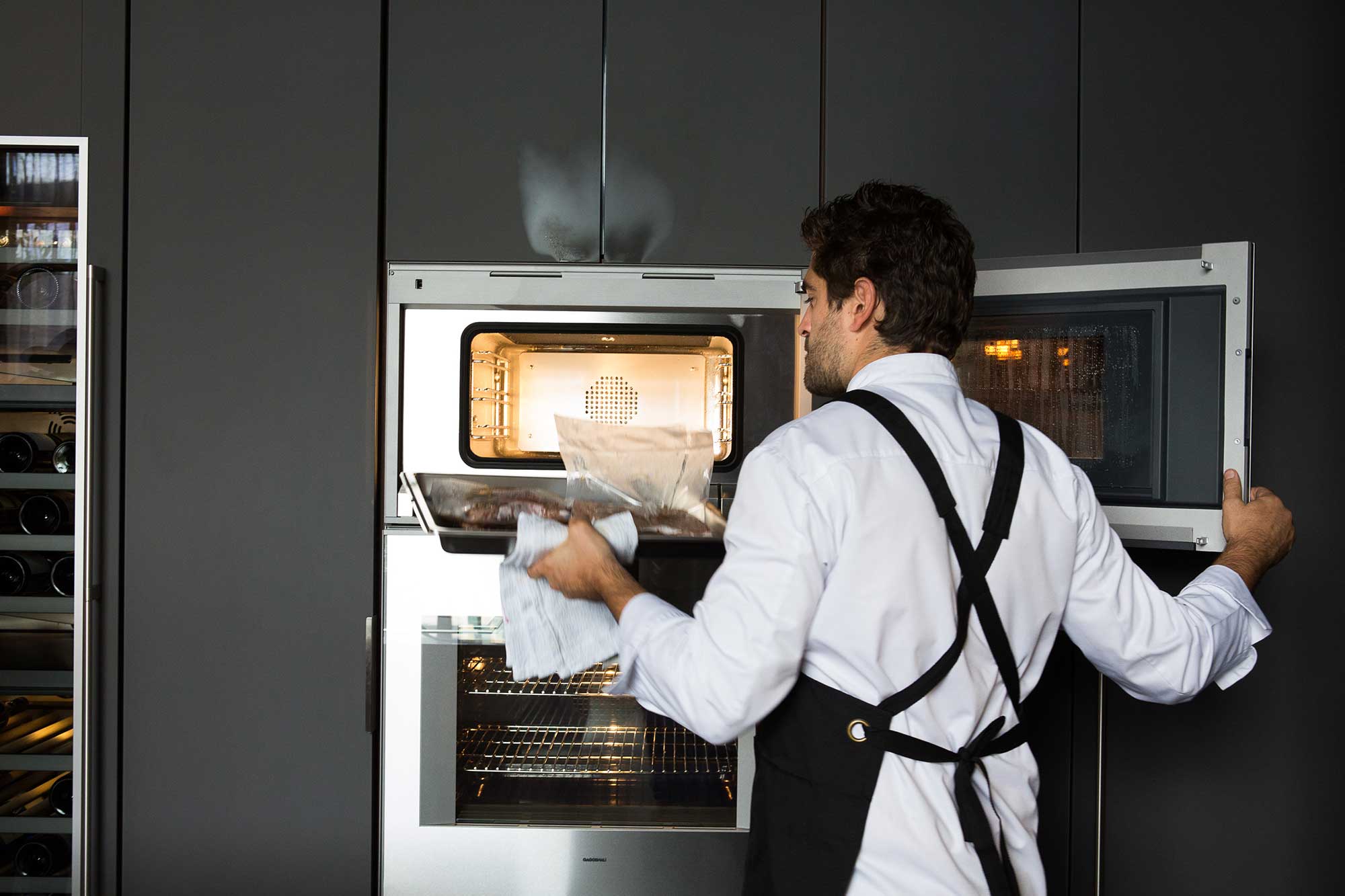
What inspires you to work with Gaggenau?
The modernity of the brand, the tradition and the professionalism of the people who work for Gaggenau.
What is going to be the next big thing in the food world?
Well, after COVID, I think people are going back to basics. I mean, you can already see how people are getting more involved. People are growing food at home and I can say that a lot of my friends are cooking and baking at home more than before.
It’s the Last Supper – what do you eat?
My wife’s spaghetti bolognese, I think. Actually, maybe Australian marron with white soy sauce butter – it’s always on my menu and I always order two more for us at home.
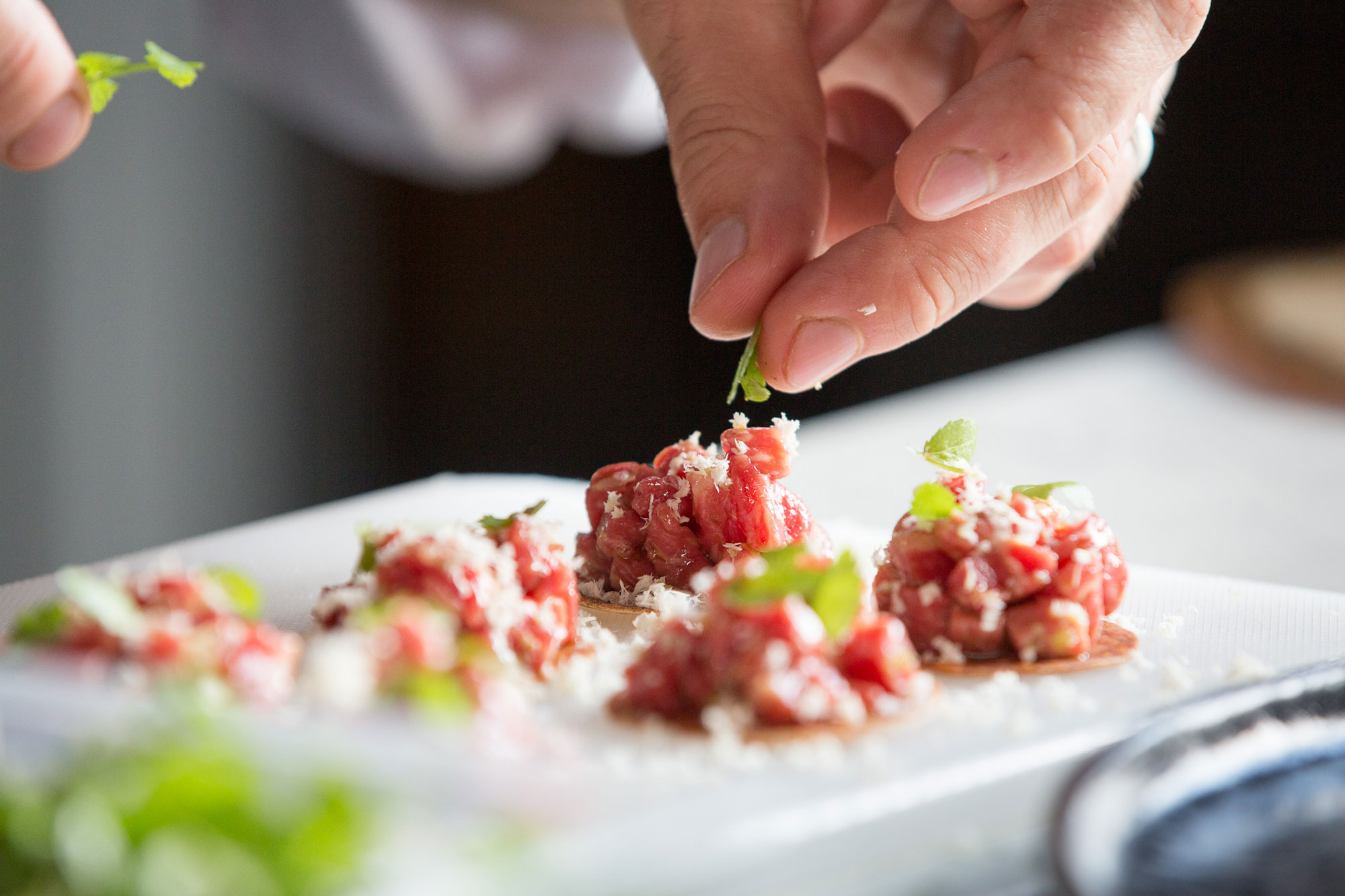
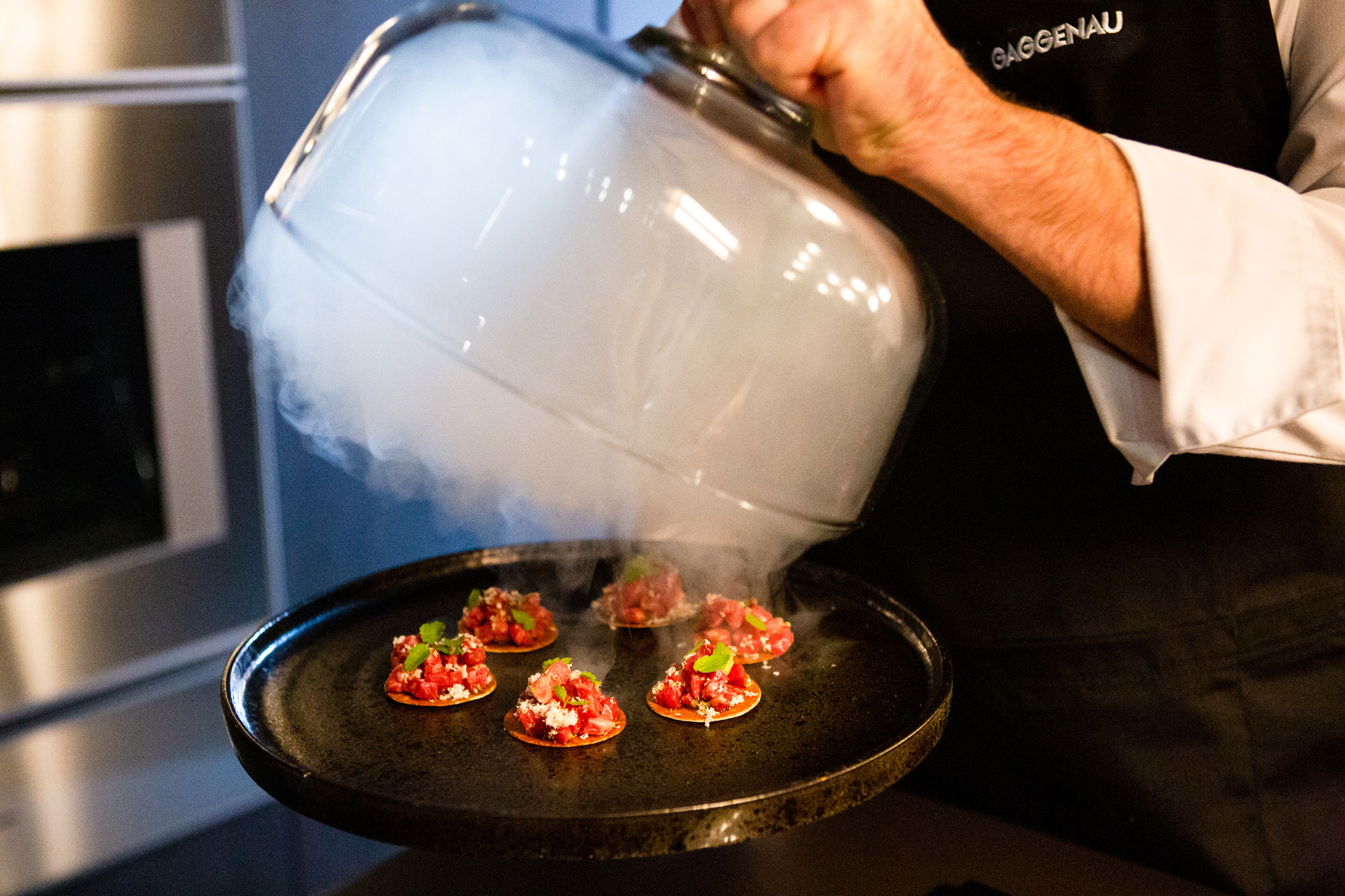
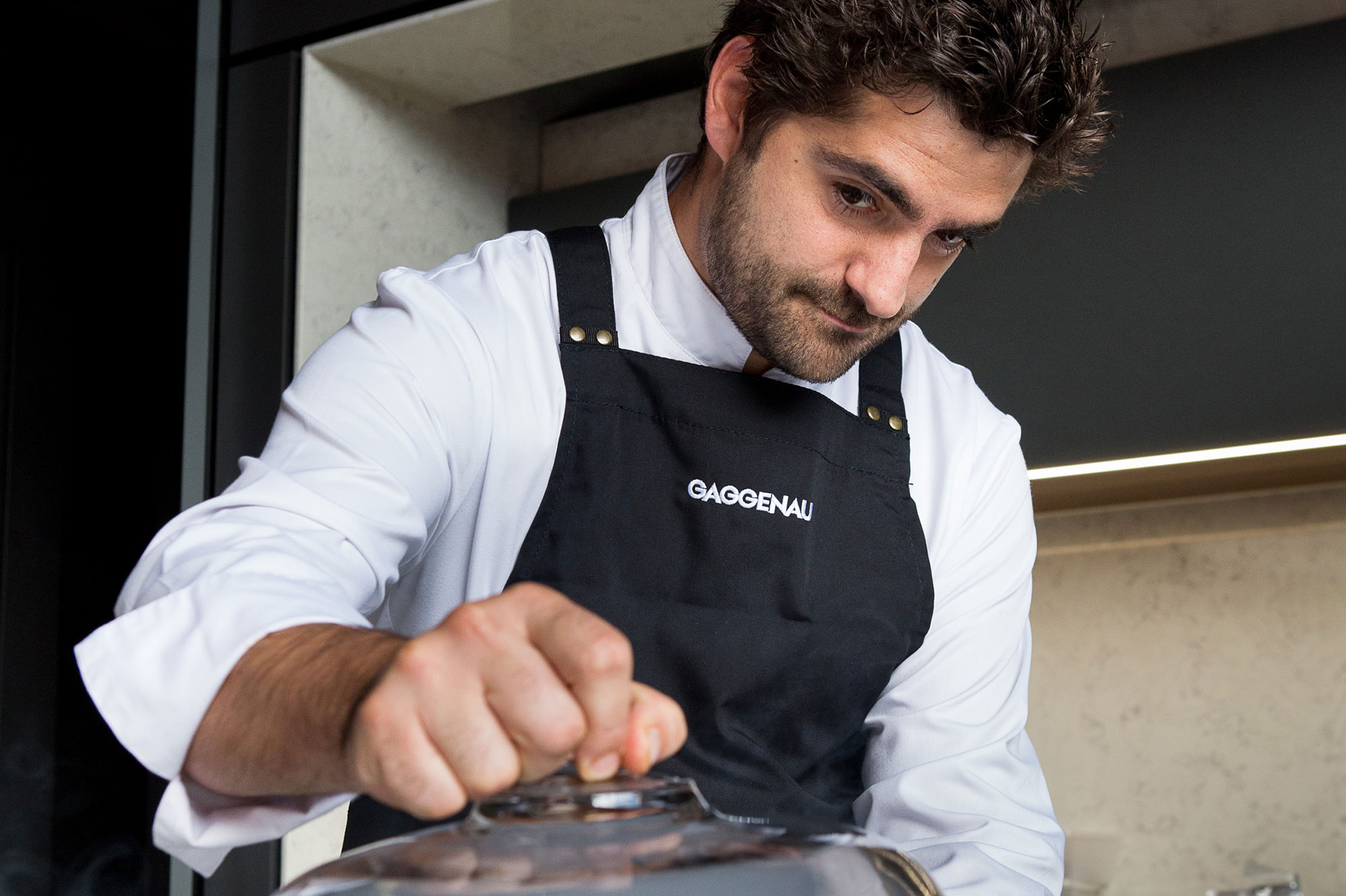
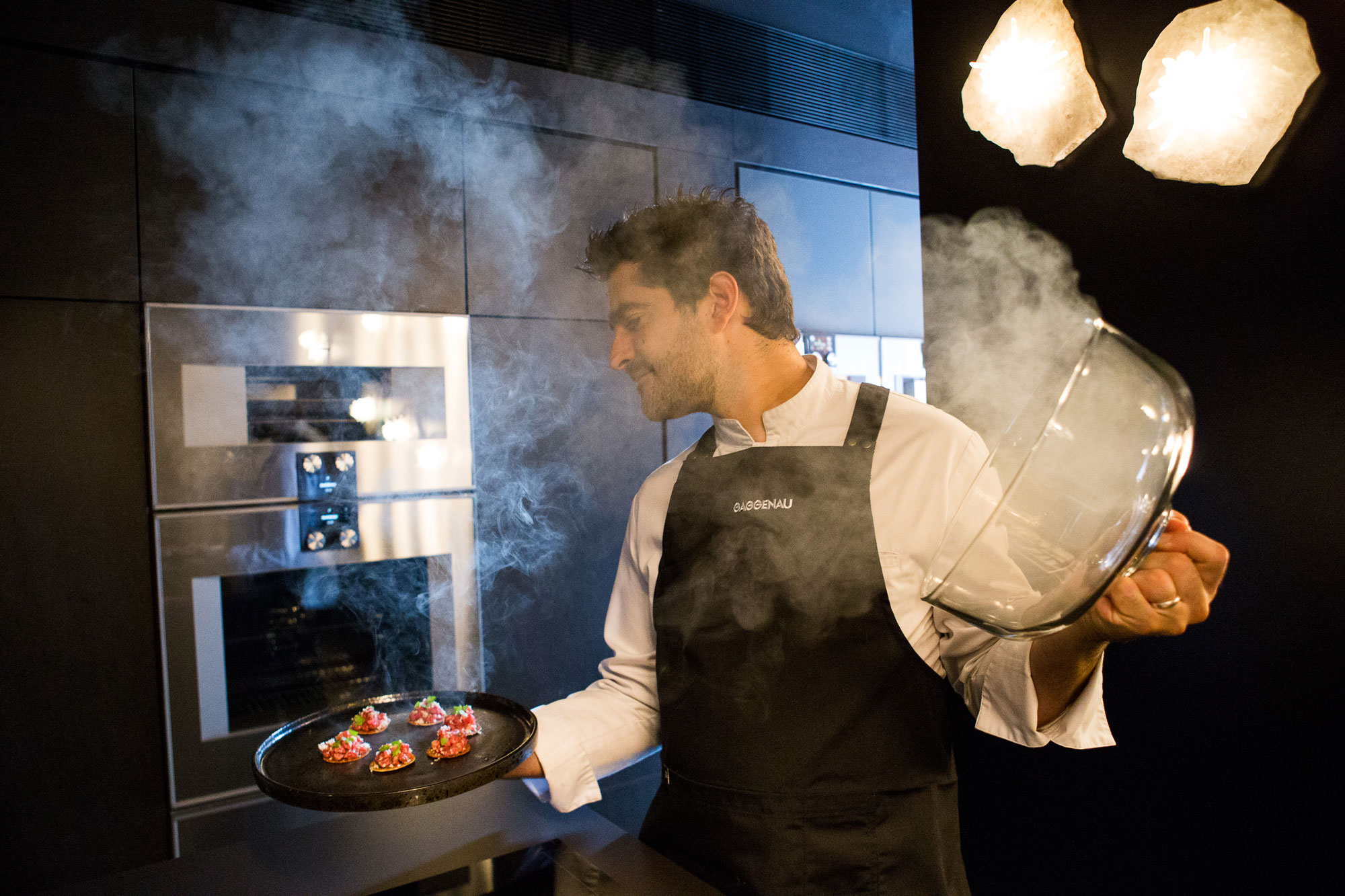
“ I get my inspiration from my suppliers, farmers, foragers – they are the key. If you don’t have any new tasty produce you can’t create new dishes.”
